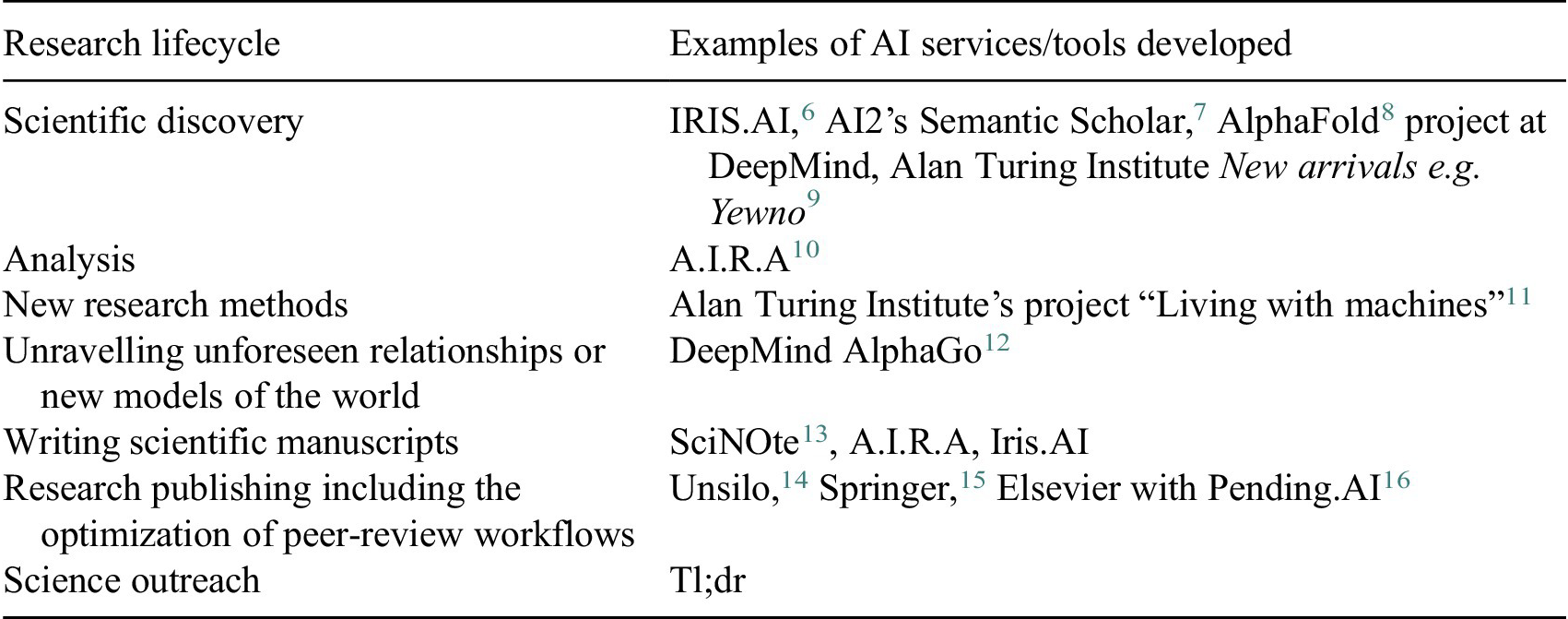Report by the National Endowment for Democracy: “From cameras that identify the faces of passersby to algorithms that keep tabs on public sentiment online, artificial intelligence (AI)-powered tools are opening new frontiers in state surveillance around the world. Law enforcement, national security, criminal justice, and border management organizations in every region are relying on these technologies—which use statistical pattern recognition, machine learning, and big data analytics—to monitor citizens.
What are the governance implications of these enhanced surveillance capabilities?
This report explores the challenge of safeguarding democratic principles and processes as AI technologies enable governments to collect, process, and integrate unprecedented quantities of data about the online and offline activities of individual citizens. Three complementary essays examine the spread of AI surveillance systems, their impact, and the transnational struggle to erect guardrails that uphold democratic values.
In the lead essay, Steven Feldstein, a senior fellow at the Carnegie Endowment for International Peace, assesses the global spread of AI surveillance tools and ongoing efforts at the local, national, and multilateral levels to set rules for their design, deployment, and use. It gives particular attention to the dynamics in young or fragile democracies and hybrid regimes, where checks on surveillance powers may be weakened but civil society still has space to investigate and challenge surveillance deployments.
Two case studies provide more granular depictions of how civil society can influence this norm-shaping process: In the first, Eduardo Ferreyra of Argentina’s Asociación por los Derechos Civiles discusses strategies for overcoming common obstacles to research and debate on surveillance systems. In the second, Danilo Krivokapic of Serbia’s SHARE Foundation describes how his organization drew national and global attention to the deployment of Huawei smart cameras in Belgrade…(More)”.

